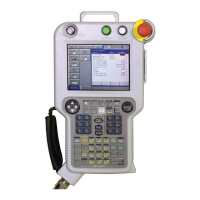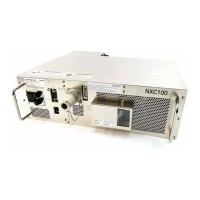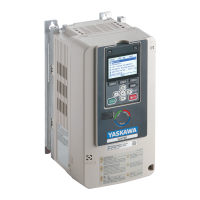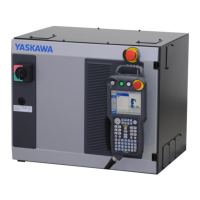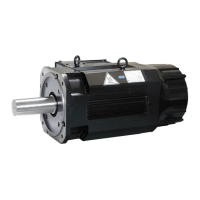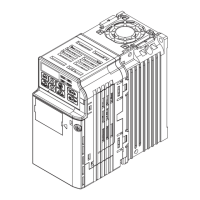3 Teaching
3.2 Teaching Operation
3-9
149235-1CD
RE-CSO-A031
Play Speed
The play speed setting window is identical to that for the linear interpolation.
As with the circular interpolation, the speed taught at P2 is applied from P1 to P2, and the speed taught
at P3 is applied from P2 to P3.
3.2.3 Teaching Steps
Registering Move Instructions
Whenever one step is taught, one move instruction is registered. There are two ways to teach a step.
Steps can be taught in sequence as shown in the following left figure "Registering Move Instructions" or
they can be done by inserting steps between already registered steps, as shown in the right figure
"Inserting Move Instructions." This paragraph explains the teaching of "Registering Move Instructions,"
the operations involved in registering new steps.
Teaching of "Inserting Move Instructions" is called “Inserting move instruction,” to distinguish it from the
method shown in "Registering Move Instructions." For more details on this operation, see section 3.4.2
"Inserting Move Instructions". The basic operations for registration and insertion are the same. The
only difference is pressing [INSERT] in the case of insertion. For registration ("Registering Move
Instructions"), the instruction is always registered before the END instruction. Therefore, it is not
necessary to press [INSERT]. For insertion
("Inserting Move Instructions"), [INSERT] must be pressed.
Teach points so that the distances between the three points are roughly equal. If there is
any significant difference, an error will occur on playback and the manipulator may operate
in an unexpected, dangerous manner. Ensure that the ratio of distances between steps
m:n is within the range of 0.25 to 0.75.
Registering Move Instructions Inserting Move Instructions
Step 2Step Insertion
Step 3
P1
Step 1
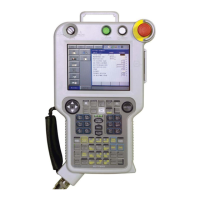
